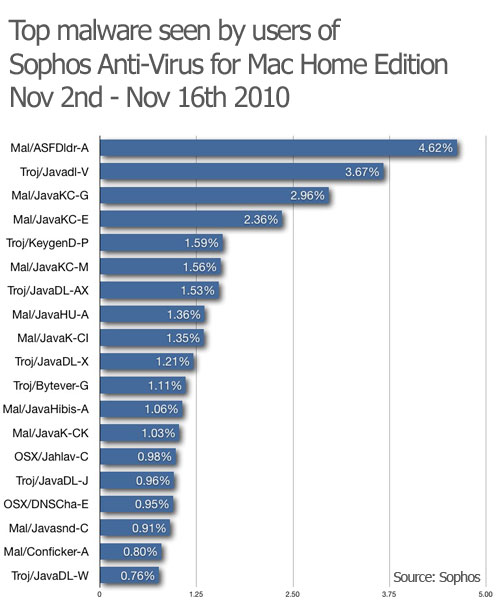
loads it into the Keynote presentation program). executes it as an OS process) in much the same way that double-clicking on a presentation file “opens” it (e.g. Double-clicking on the application directory “opens” the app (i.e.
Ransomware on mac sophos mac#
And, generally speaking, Mac apps don’t need installing…they arrive as an Application bundle, which is just a directory tree with a special structure that constitutes an the app. Most (but far from all) ransomware arrives by email, either as an attachment or as a web link to a hacked or otherwise booby-trapped website. Anti-virus and web filtering is for everyone, not just for Windows.įollow on Twitter for the latest computer security news.įollow on Instagram for exclusive pics, gifs, vids and LOLs!
Ransomware on mac sophos free#
Try our free Sophos Home product to protect your Mac.Ransomware is only one of many sudden ways to lose your precious data. Make regular backups and keep at least one copy offline.We explain what you need to know in plain English. Listen to our podcast on dealing with ransomware.Your best defense against any sort of malware is not to get infected in the first place. Read our advice on avoiding ransomware.MacRansom is more evidence that hackers are working on ways to target Mac users with a variety of malware going forward.Īs part of that, we offer the following resources: In other words, if you regularly leave your backup disks plugged in so that they are online all the time, you expose them to malware such as ransomware – which is why we routinely recommend keeping at least one recent backup copy not only offline, but also off-site, just in case. Note that this malware goes after files by starting in the special directory /Volumes, which is where all your currently-attached hard disks show up, including Time Machine backup volumes, USB keys and other removable drives. Once activated, OSX/Ransom-A follows the now-familiar pattern of encrypting your files and then offering to sell you back the decryption key you need to recover them: DS_Store, an official macOS filename that you may well have noticed before. FS_Storage gives it an official look – it was chosen because it looks similar to. FS_Storage hidey-hole used by the malware.Įven if you do notice the malware directory, the name. On macOS, which is Unix-based, files and directories that start with a dot don’t show up by default in directory listings or in the Mac Finder, so you might never notice the presence of the rogue. The Library directory is used officially by macOS to store all sorts of configuration files in dozens of different subdirectories, making it an excellent place for malware to lie around looking innocent.


OSX/Ransom-A simply copies itself into a subdirectory called ~/Library/.FS_Storage, effectively allowing it to hide in plain sight. (The directory name ~/ is Unix shorthand for “your own home folder”, e.g. The malware installs itself quietly to work under your own account, rather than as a system-wide program. When you first run the OSX/Ransom-A malware app, you won’t see any tell-tale popups asking for a password. SophosLabs did obtain a sample and made the following observations: This ransomware is not in the wild. Those who want a sample must contact its creators through a secure ProtonMail email address. Now comes word of a new piece of Mac ransomware, which SophosLabs has identified as OSX/Ransom-A. Widely reported as an example of ransomware-as-a-service (RaaS) for Macs, it has become popularly known as MacRansom. Other examples of Mac ransomware include OSX/Filecode-K and OSX/Filecode-L. This year’s SophosLabs malware forecast included Mac malware geared towards harvesting data, providing covert remote access to thieves and holding files for ransom. We’ve been saying it for some time: Mac malware is rare compared to the stuff that targets Windows.

Thanks to Anna Szalay (SophosLabs), Xinran Wu (SophosLabs) and Paul Ducklin (Naked Security)


 0 kommentar(er)
0 kommentar(er)
